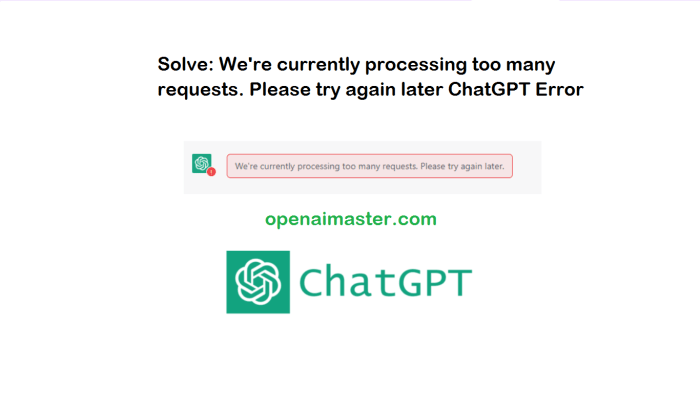A food handler notices that a cutting surface requires immediate attention, sparking a journey into the critical realm of food safety. This article delves into the significance of cutting surface maintenance, exploring potential hazards, proper cleaning and sanitization techniques, and the regulations that govern these practices.
Cutting surfaces serve as the foundation for food preparation, yet they can harbor unseen dangers if not properly maintained. This comprehensive guide empowers food handlers with the knowledge and strategies to ensure that cutting surfaces remain hygienic and safe, safeguarding consumers from foodborne illnesses.
Cutting Surface Inspection
Regularly inspecting cutting surfaces is crucial to ensure food safety. It helps identify potential hazards that could contaminate food, such as:
- Cracks, dents, or other damage that can harbor bacteria
- Stains or discoloration indicating food residue or chemical buildup
- Loose or missing parts that could fall into food
Proper cleaning and sanitizing procedures are essential to eliminate these hazards:
1. Clean the surface thoroughly with a detergent solution.
2. Rinse the surface with clean water.
3. Sanitize the surface with a food-grade sanitizer according to manufacturer’s instructions.
4. Air-dry the surface or use a clean towel to dry it.
Types of Cutting Surfaces

| Material | Durability | Maintenance |
|---|---|---|
| Wood | Moderate | Requires regular oiling and sealing |
| Plastic | High | Easy to clean and sanitize |
| Stainless Steel | Excellent | Durable and easy to clean |
| Bamboo | Moderate | Antibacterial properties, but requires regular oiling |
Advantages and disadvantages of each material:
- Wood: Natural, warm, and easy on knives, but can absorb moisture and bacteria.
- Plastic: Lightweight, inexpensive, and non-porous, but can be scratched easily.
- Stainless Steel: Durable, non-porous, and easy to clean, but can be expensive.
- Bamboo: Sustainable, antibacterial, but can be prone to warping.
Recommendation: Choose a cutting surface that meets the specific needs of your operation, considering durability, maintenance requirements, and food safety.
Cross-Contamination Prevention
Cross-contamination can occur when bacteria or other contaminants are transferred from one food to another through contact with a contaminated cutting surface. Risks include:
- Raw meat to cooked food
- Allergens to non-allergenic foods
- Chemical residues from cleaning solutions
Prevention plan:
- Use separate cutting surfaces for different types of food.
- Clean and sanitize cutting surfaces thoroughly after each use.
- Store cutting surfaces properly to prevent contamination.
- Handle food properly to minimize the risk of contamination.
Best practices:
- Use color-coded cutting boards to designate different food categories.
- Change cutting boards frequently during food preparation.
- Wash hands thoroughly before and after handling food.
Food Safety Regulations

Relevant food safety regulations related to cutting surface maintenance and sanitation include:
- Food and Drug Administration (FDA) Food Code
- National Sanitation Foundation (NSF) Standard 2
- Occupational Safety and Health Administration (OSHA) Bloodborne Pathogens Standard
Consequences of non-compliance:
- Foodborne illness outbreaks
- Fines and penalties
- Loss of business reputation
Resources for staying up-to-date on food safety regulations:
- FDA website
- NSF website
- OSHA website
Employee Training: A Food Handler Notices That A Cutting Surface

Training module on cutting surface inspection, cleaning, and sanitation procedures:
- Importance of cutting surface inspection
- Potential hazards associated with cutting surfaces
- Proper cleaning and sanitizing procedures
- Cross-contamination prevention
- Food safety regulations
Training schedule:
- Initial training for all new food handlers
- Refresher training every 6 months
- Additional training as needed
Evaluation:
- Written test
- Practical demonstration
- Observation of employee practices
Cutting Surface Maintenance Log
Design a cutting surface maintenance log to track inspections, cleanings, and sanitizations:
- Date
- Time
- Cutting surface inspected
- Cleaning and sanitizing procedures used
- Employee responsible
Importance of maintaining accurate records:
- Demonstrates compliance with food safety regulations
- Helps identify areas for improvement
- Protects the business in case of foodborne illness outbreaks
Examples of effective cutting surface maintenance logs:
- Daily cutting surface inspection and cleaning checklist
- Weekly cutting surface deep cleaning and sanitizing log
- Monthly cutting surface maintenance report
Clarifying Questions
What are the potential hazards associated with cutting surfaces?
Cutting surfaces can harbor bacteria, viruses, and parasites if not properly cleaned and sanitized. These microorganisms can contaminate food, leading to foodborne illnesses.
How often should cutting surfaces be cleaned and sanitized?
Cutting surfaces should be cleaned and sanitized frequently, especially after handling raw meat, poultry, or fish. The frequency of cleaning and sanitization will vary depending on the volume and type of food being prepared.
What is the proper procedure for cleaning and sanitizing cutting surfaces?
To clean a cutting surface, first remove any food debris. Then, wash the surface with hot soapy water and rinse thoroughly. Finally, sanitize the surface with a food-grade sanitizer.
What are the consequences of non-compliance with food safety regulations?
Non-compliance with food safety regulations can result in fines, penalties, and even criminal charges. More importantly, it can put consumers at risk of foodborne illnesses.